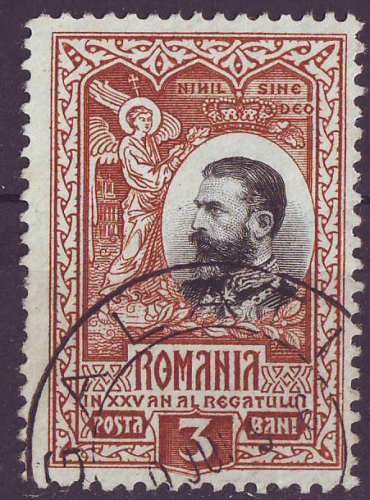Exploring Romania: Culture, Landscapes, and Modern Developments

Introduction
Romania, a country steeped in history and culture, has become a vital destination in Eastern Europe. From its stunning natural landscapes to its bustling cities, Romania offers a unique blend of the old and the new. Understanding the current developments in Romania is crucial for travelers, investors, and those interested in European affairs.
Current Developments
Romania has been experiencing significant political and economic changes over the past few years. As a member of the European Union since 2007, Romania has been working on improving its infrastructure and attracting foreign investments. According to data released by the National Institute of Statistics, Romania’s GDP grew by 5.0% in 2021, and while it faced challenges due to the COVID-19 pandemic, projections suggest a steady recovery with expected growth rates of 3.5% for 2022.
The tech sector in Romania has also flourished, often described as the Silicon Valley of Eastern Europe. With a large pool of skilled IT professionals and competitive costs, numerous multinational companies have set up branches in cities like Bucharest and Cluj-Napoca, which are becoming tech hubs. As of the second quarter of 2023, Romania’s technology market is projected to reach €9 billion, indicating a strong shift towards digital innovation.
Tourism in Romania
Tourism plays an essential role in Romania’s economy. The country is renowned for its cultural treasures, such as the medieval castles of Transylvania, the painted monasteries of Bucovina, and the vibrant capital city of Bucharest. In recent years, there has been a concerted effort to promote responsible and sustainable tourism, aiming to preserve its historic sites while capitalising on the influx of visitors.
In 2023, Romania welcomed over 10 million tourists, a significant increase from previous years, reflecting a growing interest in its natural beauty, including the Carpathian Mountains and the Black Sea coastline. Initiatives to promote ecotourism in areas such as the Danube Delta are also gaining traction, making Romania an appealing destination for nature lovers.
Conclusion
In conclusion, Romania stands at a crossroads, balancing its rich historical legacy with modern aspirations. The ongoing economic growth, expanding tech industry, and rising tourism sector signify a transformative era for the nation. For readers, keeping an eye on Romania’s progress offers insights into broader trends in Eastern Europe and potential opportunities for investment and exploration in this dynamic country.









